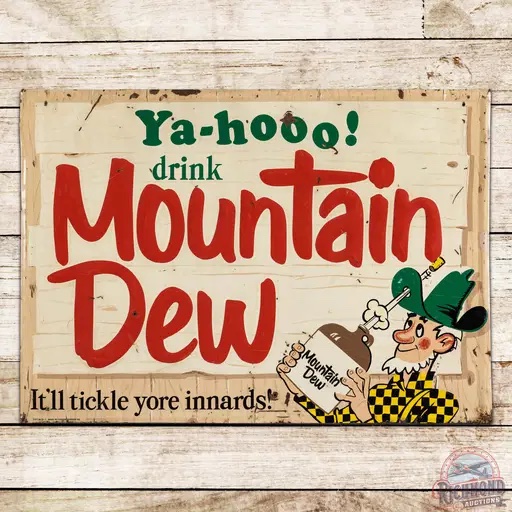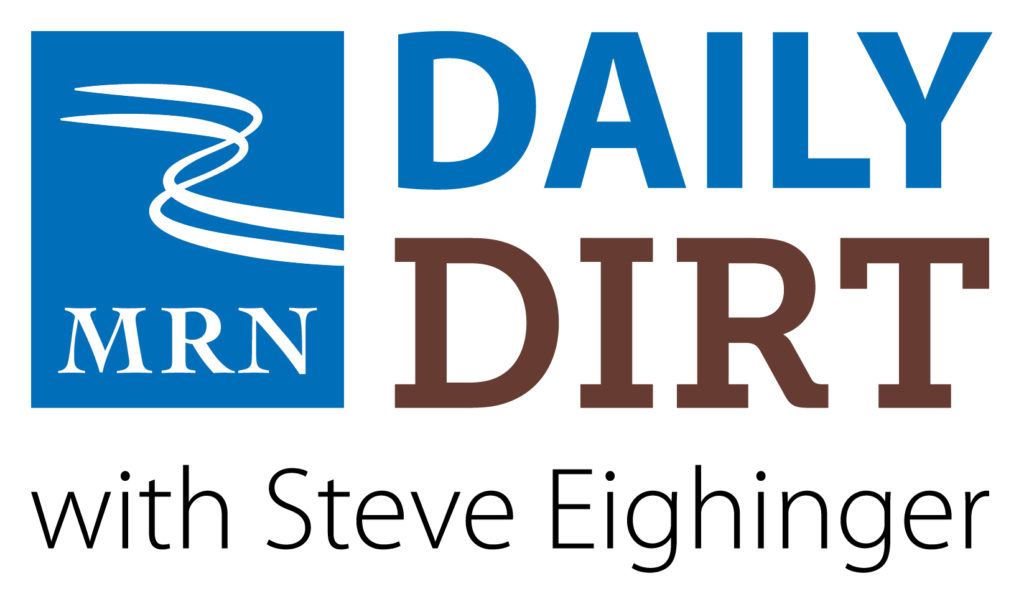DAILY DIRT: Confessions of a Mountain Dew-aholic


Daily Dirt for Monday, July 21, 2025
I’m going to have to start listening to my wife … Welcome to today’s three thoughts that make up Vol. 1,349 of The Daily Dirt.
1. I’ll admit it. I love Mountain Dew.
And, yes, I know it’s not the best thing I could be drinking.
But it’s still good. Really, really good. It’s not the sixth-most popular U.S. soft drink (see below) by accident.”Mountain Dew is a sweet, citrus flavored, carbonated beverage,” wrote Alec Berry in 2020. “It is known for its high sugar and caffeine content, attracting almost anyone with a sweet tooth who is looking for a sweet taste with a kick of energy.”
I first became hooked on Mountain Dew back in the mid-1960s. That’s about when PepsiCo (Pepsi-Cola Company, at that time) bought the rights to Mountain Dew. From that point, with better and more high-profile marketing, Mountain Dew’s popularity took off.
Mountain Dew eventually discarded its hillbilly image to adopt a more “summertime fun” aesthetic and began targeting a “young, fun demographic”. The rest, as they say, is history.
As I am writing this piece, I am sipping on a Dew (with plenty of ice, thank you) and feel it necessary to also point out some of the minuses that accompany the pluses of being a Mountain Dew devotee.
Let’s do it in Clint East Eastwood fashion. Cue the good, bad and ugly:
The Good
Mountain Dew does not contain as much caffeine as most energy drinks, showing 54 milligrams per 12 ounces. Red Bull contains 80 milligrams per eight ounces. However, Mountain Dew has a higher sugar content per serving than many energy drinks. — Mountain Dew was originally created as a whiskey mixer in 1940 and its slogan, “Yahoo! Mountain Dew!” was a reference to moonshine hillbilly culture. The name Mountain Dew itself was 19th-century slang for moonshine. While the brand has since evolved and broadened its appeal, its initial connection to hillbilly culture and moonshine remains a significant part of its history. Another of its past slogans was “It’ll tickle your innards”.
The Bad
The yellow/green color of Mountain Dew comes from a yellow dye linked to hyperactivity in children and allergic reactions, increased anxiety and/or sleep disturbances in some people.
The Ugly
A 20-ounce bottle of Mountain Dew contains 77 grams of sugar — equivalent to 290 calories and 19.25 teaspoons of sugar. My first impression when reading that? I think “Wow!” summed it up pretty well. I started doing the math on how much Dew I drink on some days and immediately told myself I probably needed to cut back. For years, my wife has been after to me to “drink more water”. I may finally have to listen to her.
2. Did you know (Part 432)
- That according to Beverage Digest’s latest data, Coca-Cola is No. 1 in U.S. soft-drink sales with 19.2 percent of the market, followed by Dr. Pepper (8.7), Sprite (8.03), Pepsi (7.9), Diet Coke (7.8) and Mountain Dew (6.1).
- That there are about 450 varieties of soft drinks the U.S.
- That the average child drinks more than 500 cans of soda per year.
- That the oldest American soda brand is considered to be Vernors Ginger Ale, founded in 1866.
- That a 12-ounce can of Coke has about 39 grams of total sugar, which is about 9 1/3 teaspoons of sugar.
3. Appalachian word of the day: Isolate.
“Isolate to work this morning that they fired me by lunchtime.”
Steve Thought O’ The Day — My second-favorite soft drink is Classic Coke, followed closely by Coke Zero. I’ve also grown quite fond of A&W Root Beer in recent months. And I know this may surprise some, but lemonade is also a popular choice in the Eighinger household.

Steve Eighinger writes daily for Muddy River News. He wants lots of ice with whatever he drinks.
Miss Clipping Out Stories to Save for Later?
Click the Purchase Story button below to order a print of this story. We will print it for you on matte photo paper to keep forever.

